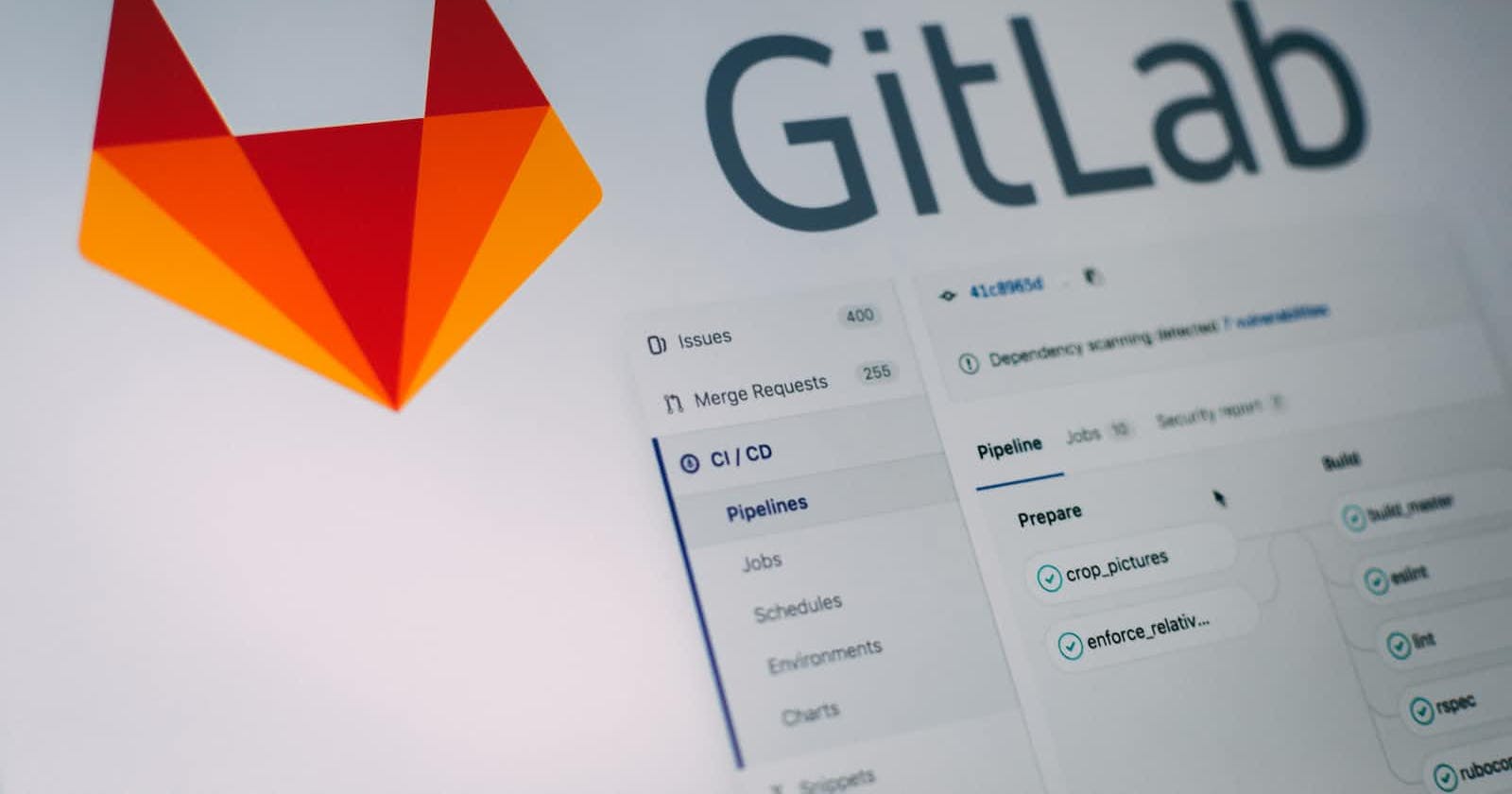Welcome to Day 8 of our GitLab CI/CD series. Today we're going to discuss a key feature that boosts code quality and collaboration: GitLab CI/CD Pipelines for Merge Requests.
What is a Merge Request?
A Merge Request (MR) is a request to merge one branch into another. Use merge requests to visualize and collaborate on the proposed changes to source code.
What is a Pipeline for Merge Request?
A Pipeline for Merge Request, also known as a Merge Request Pipeline, is a CI/CD pipeline that runs specifically for a merge request. It runs in the context of the merge request, which means it has access to the changes in the source branch and the target branch it's going to be merged into.
This way, before merging, you can ensure your code integrates properly with the target branch and doesn't introduce any bugs or issues.
Setting up Merge Request Pipelines
To create a Merge Request Pipeline, you need to define a job in your .gitlab-ci.yml file that only runs on merge requests. You can do this with the rules keyword.
Here's an example:
test_merge_request:
script: ./run-tests.sh
rules:
- if: $CI_PIPELINE_SOURCE == "merge_request_event"
In this example, the test_merge_request job will only run for merge requests. The rules keyword is used to conditionally include jobs in a pipeline. The $CI_PIPELINE_SOURCE predefined variable tells us the source of the pipeline.
Inspecting Merge Request Pipelines
Once you've set up a Merge Request Pipeline and created a merge request, you'll see the pipeline run on the Merge Request page in GitLab. If the pipeline fails, you can inspect the job logs to see what went wrong, fix the issue, and push your changes. The pipeline will run again with your fixes.
If the pipeline passes, you can confidently merge your changes, knowing they integrate properly with the target branch.
That's it for today! With Merge Request Pipelines, you're able to ensure the stability and quality of your code before it gets merged, avoiding potential bugs or integration issues. In our next session, we'll dive into how to optimize your pipelines for faster execution times. Stay tuned!

